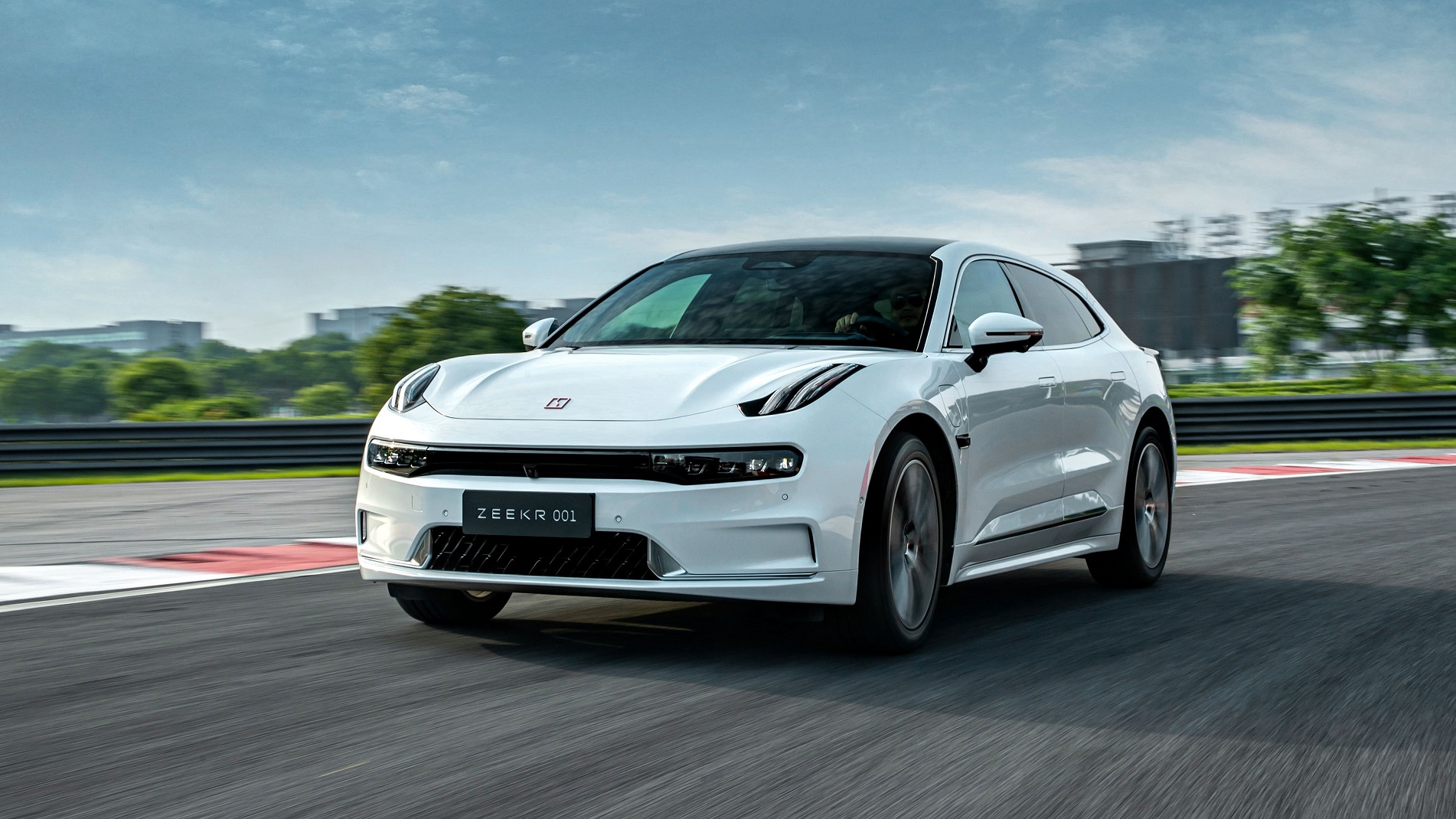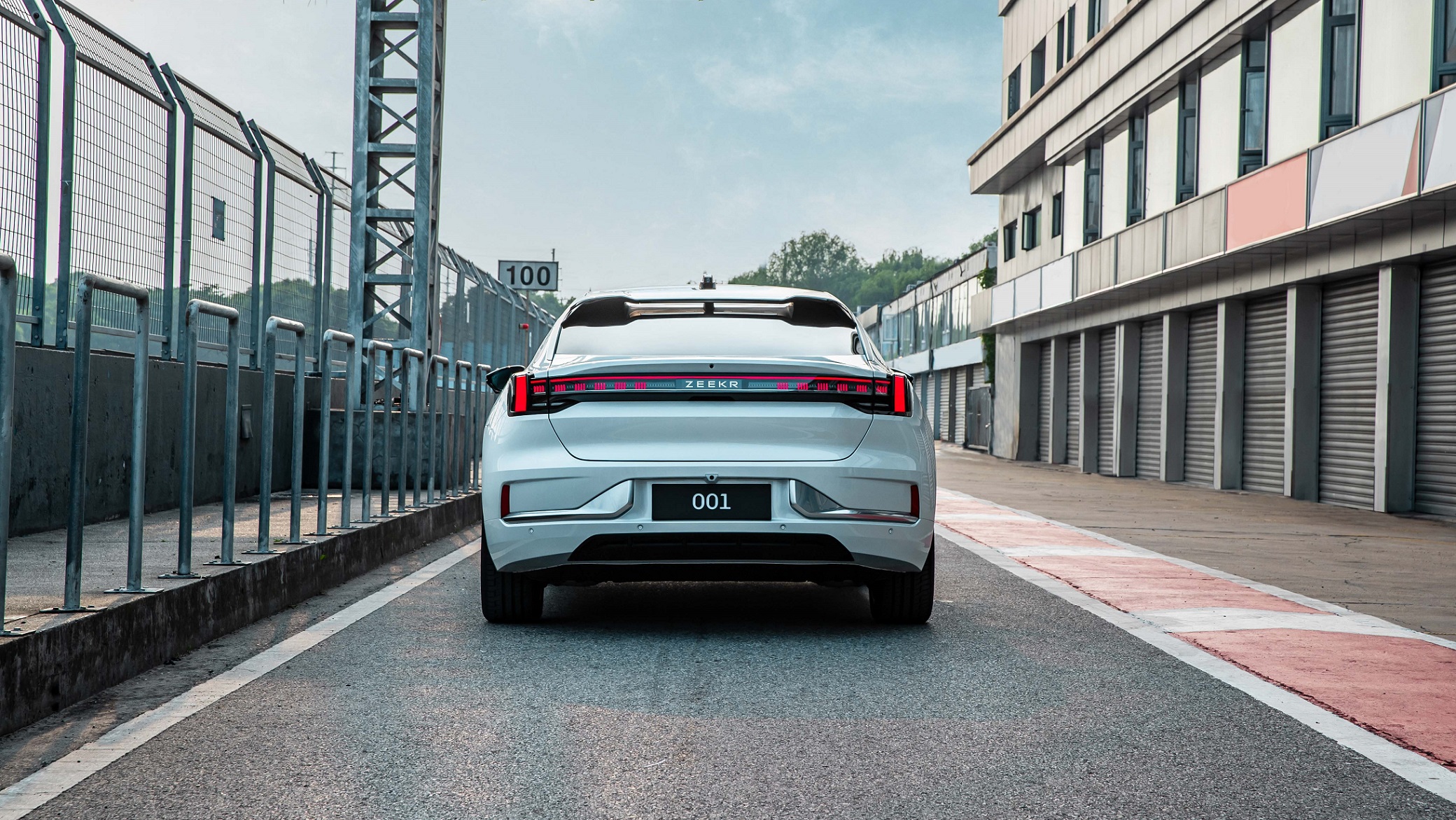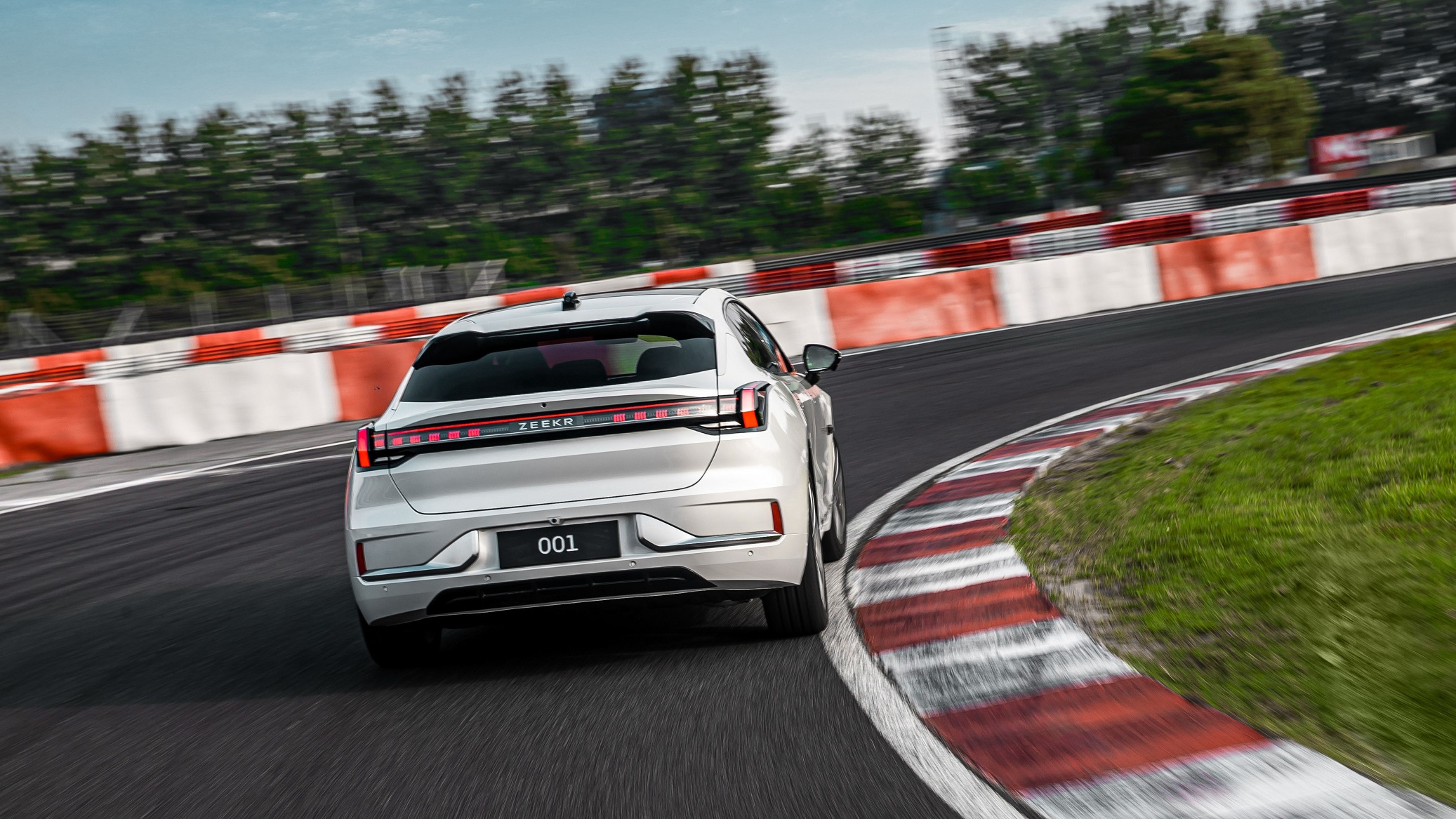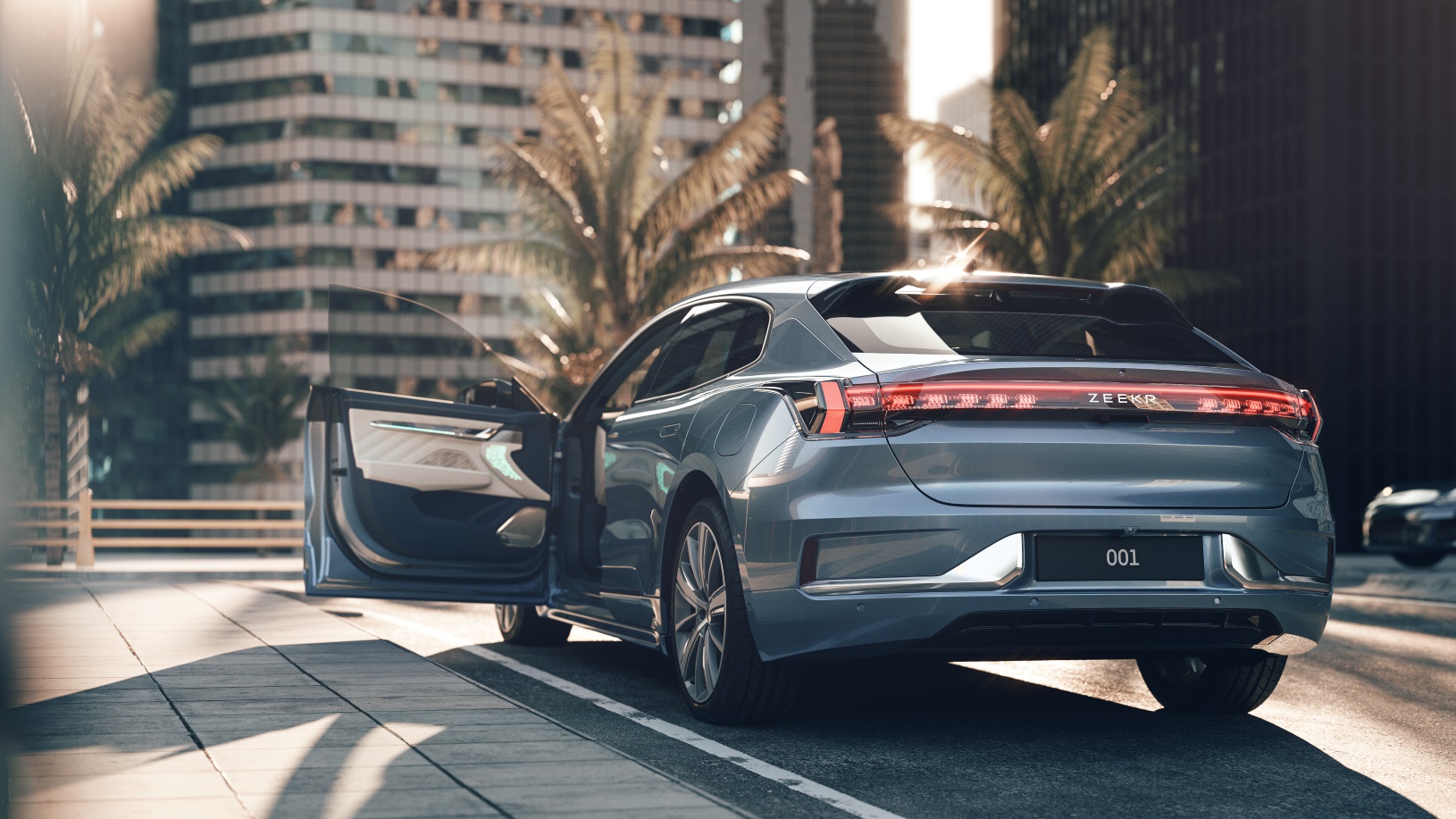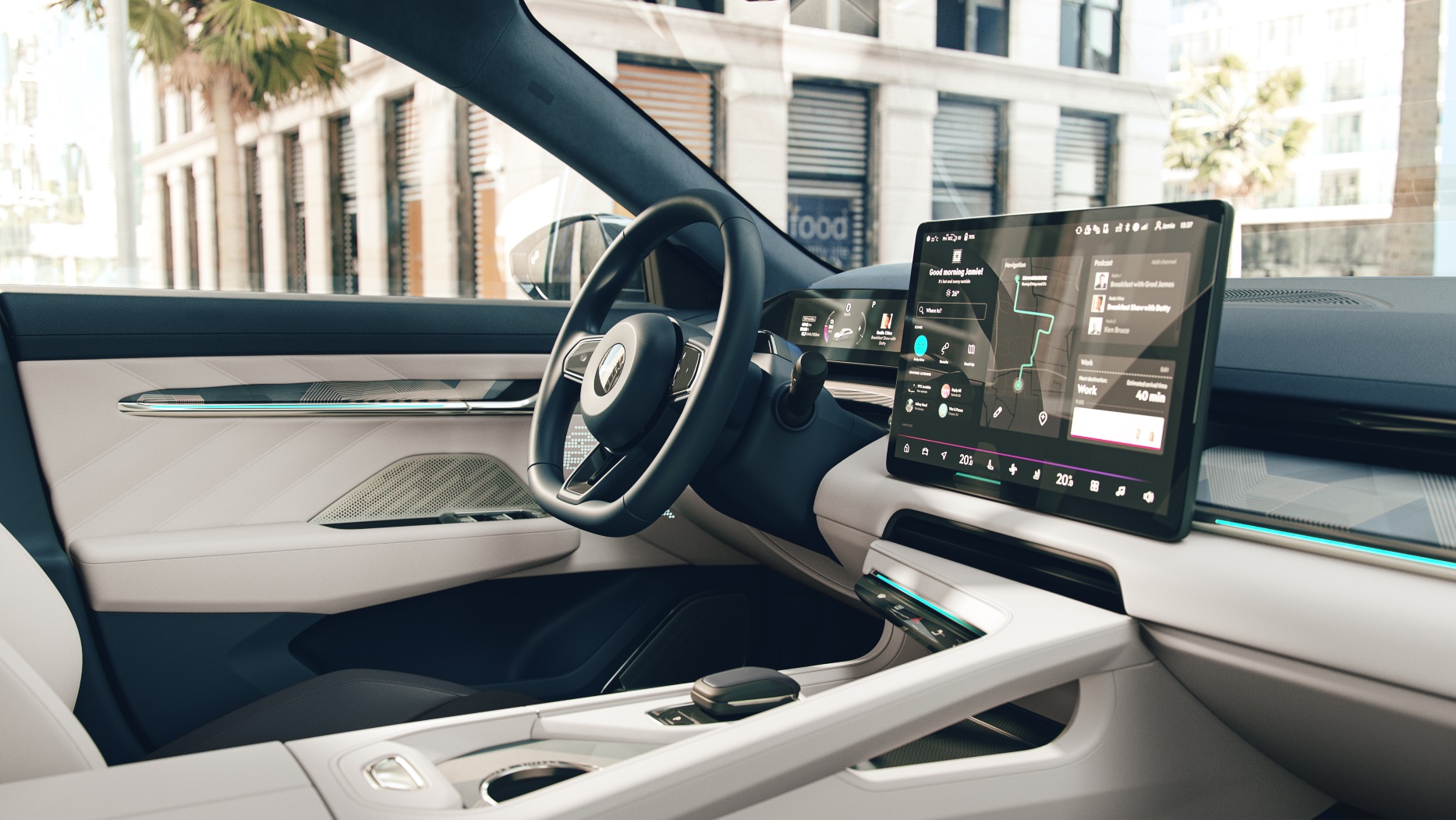
Geely once ran a video showing its Preface sedan leaving the BMW M4, Merc-AMG C63 and Porsche Panamera in its dust. The Chinese carmaker isn’t one to shy from the limelight. And it’s certainly not lacking in confidence judging by the next assault it’s planning against the status quo; a grand scheme towards mass electrification centred on a single platform.
The platform in question is the Sustainable Experience Architecture (SEA), which spawned its first production vehicle recently in the form of the Zeekr 001. It’s an impressive EV on paper – one strapped with 700km of range and a 3.8-second century sprint. And it’s already sold out for the year.
The man behind the open-source blueprints underpinning the Zeekr 001 is Kent Bovellan, Head of Vehicle Architecture Centre at Geely Research Institute, who also helped developed the SPA (Scalable Product Architecture) and CMA (Compact Modular Architecture) platforms that make up the entire Volvo catalogue, among other models sold throughout Geely’s network of carmakers.
In a recent interview with TGM and other Malaysian journalists, Bovellan was quick to shoot down any comparisons with Tesla as the electric conversations got underway. “We are better than Tesla when it comes to mechanical architecture,” he said, citing his experience in developing “eight and a half architectures” as a contributing factor to the remarkably flexible solution to mass electrification his team has devised.
Bovellan is confident that Geely’s SEA has one of the industry’s widest architecture bandwidths, with five sub-platforms ranging from compact to commercial vehicles designed almost simultaneously to give the Chinese automotive giant and its subsidiaries a solution to nearly every gap in the market once electrification tips over to the mainstream.
At the smallest end of the spectrum, the SEA-entry platform will yield compact cars with a wheelbase ranging from 2,550mm to 2,600mm. This puts it in the ballpark of cars of the Honda e and Mini Electric’s stature, the duo adopting an urban approach with less than 250km of range each.
Asked about the SEA-based compact EV’s targeted range, Bovellan assured TGM that 460km in an entry model is possible after a few quick dabs at his calculator.
“We always try to deliver our cars with at least two different sizes of battery. The LFP (lithium ferrophosphate battery) version will have over 50kWh, that’s rather good. And for high energy, we can have up to 68kWh. In general, we are in the higher end of battery sizes compared to many (electric) cars sold in Europe.”
At an estimated energy consumption rate of 12kWh to 12.5kWh per 100km, the longer-range compact could deliver over 540km on a single charge if the numbers add up. Bovellan also added that an even lower-capacity variant is also doable should there be a demand in the market.
At the opposite end of the SEA range is the platform that caught our eye; one dedicated to sportier (read: faster) offerings. “SEA Sport should be more or less a Porsche competitor,” says Bovellan. He lists Volkswagen’s new PPE (Premium Platform Electric) architecture, which will underpin the upcoming Audi A6 e-tron as its main rival.
In general, we are in the higher end of battery sizes compared to many cars sold in Europe
Although Bovellan concedes that Tesla has the upper hand in performance at the moment, he claims an SEA-based sports car (likely a Polestar or Lotus) will still be able to do 0-100kph in 2.8 seconds. It’s really amazing how sub-3.0-second century sprints are merely a formality rather than a milestone in the age of fast EVs.
Geely’s master plan to conquer the future EV market also covers the needs of more utilitarian consumers. The SEA-C platform is expected to produce commercial vehicles such as buses and trucks, including a unibody pick-up much like the Ford Maverick and Hyundai Veracruz in concept, just fully electric. Bovellan explains that the battery box will be used to increase the structural stiffness of the pick-up to give it the strength to handle heavier-duty tasks.
With electric compacts, sports cars and pick-ups on the horizon, amongst a slew of other new-age possibilities, all backed by the promise of a battery that will last 2,000,000km with no degradation for the first 200,000km, Geely certainly means business. Will all of this truly come to fruition?
Our guess is as good as yours. But we certainly wouldn’t bet against it.

